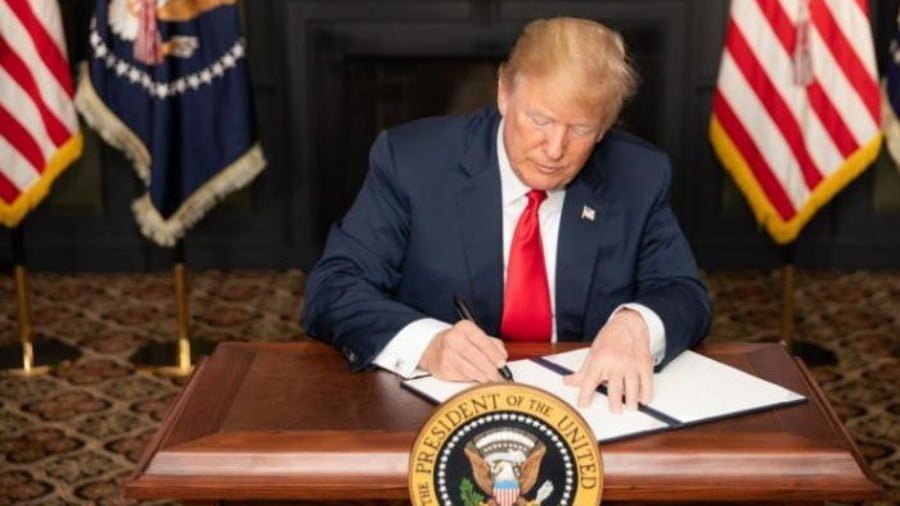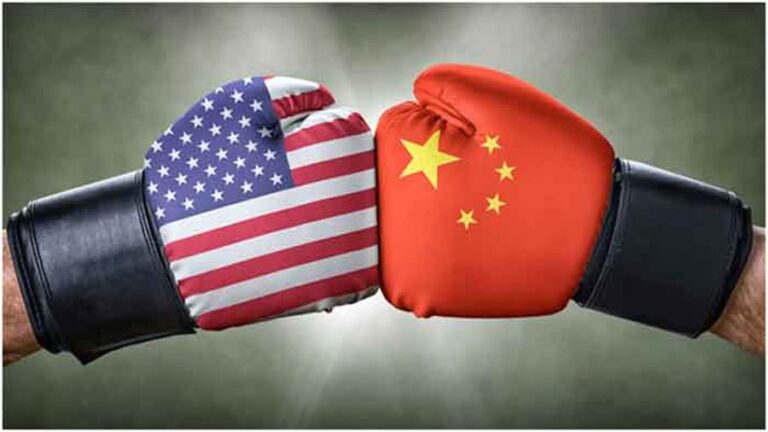Massive Bombing in Kabul as Washington Mulls Afghan Escalation
A massive bomb transported in a sewage tanker truck blew up Wednesday morning in the center of Afghanistan’s capital, Kabul, killing at least 90 people and wounding over 400 more. The death toll is expected to rise.
The suicide bombing took place near Zanbaq Square, a supposed high security zone that is a center for foreign embassies and Afghan government ministries. It is not far from the presidential palace.
The attack took place in a crowded area in the middle of the morning rush hour, inflicting death and destruction on civilians making their way to work. In the aftermath of the explosion, a dark cloud of smoke towered over the city, while on the ground the streets were littered with demolished vehicles, debris from damaged buildings and large numbers of bodies, mangled and burned. The force of the blast knocked out windows miles from the site.
There was speculation that the real target of the attack had been the Kabul headquarters of the NATO occupation forces, but that the truck had been turned back at a security checkpoint. It was still unclear how the bomber penetrated other security points to reach Kabul’s embassy row, with speculation that he may have had assistance from within the Afghan security forces.
The embassies of Germany, Iran, India, Bulgaria, France, Japan, Turkey and the UAE were all damaged in the bombing.
Angry crowds gathered outside Kabul hospitals searching for missing loved ones, with many denouncing the corrupt and fractured US-backed government of President Ashraf Ghani for its failure to provide minimal security.
In the aftermath of the attack, the Taliban, the largest of the insurgent groups fighting the US puppet regime’s security forces, denied any responsibility and condemned the blast, while the Afghan group identifying itself with ISIS did not initially make any comment. ISIS had claimed responsibility for previous attacks in the Afghan capital, including a May 3 suicide bombing that targeted an armored NATO convoy, killing at least eight people and wounding 28, and an attack on a military hospital in March that killed more than 50 people.
According to the Afghan media, Afghanistan’s National Directorate of Security, the country’s main intelligence service, blamed the attack on the Haqqani network, claiming it was carried out with the assistance of Pakistan’s intelligence agency, the ISI.
The Haqqani network was first formed with the assistance of the US Central Intelligence Agency and the ISI in the CIA-orchestrated war against the Soviet-backed government of Afghanistan in the late 1970s. After the US invasion of 2001, it fled to Pakistan’s tribal areas on Afghanistan’s border, launching attacks on the US-led occupation.
The unnamed sources quoted in the Afghan media provided no evidence to support the claim of Pakistani involvement in the attack, and the charge may stem from the sharp deterioration in relations between the two countries, including armed clashes over their disputed border earlier this month. Afghanistan has become an arena for the increasingly tense regional struggle between India and Pakistan, with each side covertly intervening in the country to block any settlement of the protracted war that would strengthen its rival.
The devastating attack came as the Trump administration was apparently still debating a Pentagon proposal to escalate the US troop deployment in Afghanistan in the face of mounting territorial gains by the Taliban and the evident incapacity of Afghan security forces to contain the insurgency.
The US commander in Afghanistan, Gen. John Nicholson, earlier this year told a congressional panel that the situation in the country was a military “stalemate” and he needed several thousand more American ground troops to shift it.
The Afghan regime and its security forces have faced increasing losses, in terms of both territory and casualties. By a conservative estimate, the Taliban now holds sway over roughly 40 percent of the country, the largest area under its control since the US invasion of 2001 toppled the Taliban government.
The Afghan security forces are suffering unsustainable losses. The US Special Inspector General for Afghanistan Reconstruction described fatalities as “shockingly high” in a recent report, with 807 troops from the Afghan National Defense and Security Forces killed between January 1 and February 24.
US President Donald Trump had been expected to roll out the plan for escalation in Afghanistan in advance of last week’s NATO summit in Brussels, with the aim of pressuring other NATO member governments to make corresponding increases in their own forces deployed in the country.
There are indications of sharp divisions on Afghan strategy. Before the election, Trump had repeatedly suggested that the US should withdraw all of its troops from the country and let the Afghan regime fend for itself as part of his “America First” agenda.
This was followed by reports that General Nicholson was proposing that an additional 5,000 US troops be sent to the country—in addition to the nearly 9,000 already there—a fairly insignificant number given the history of the conflict. The US had some 100,000 soldiers deployed in the country—along with 30,000 from NATO and other US allies—during the Obama administration’s surge of 2010-2011, yet still failed to quell the insurgency.
Earlier this month, the US financial news service Bloomberg cited a classified assessment from US intelligence concluding that Washington would require “at least 50,000 US forces to stop the advance of the Taliban and save the government in Kabul.”
Given the increasingly sharp social and political tensions within the US itself, launching such a major escalation in what is a nearly 16-year-old war, the longest in American history, carries with it the threat of provoking popular unrest.
From the outset of the war in 2001, successive administrations have justified the US intervention in Afghanistan as part of the “war on terror,” supposedly waged to secure the American public. The reality is that US imperialism is determined to hold onto a permanent military presence in Afghanistan, which places it within close striking distance to the oil-rich former Soviet republics of Central Asia, as well as the countries viewed by Washington as obstacles and rivals in its quest for global hegemony: China, Russia, and Iran.
A major concern in Washington is that Russia, working together with Pakistan, China and Iran, is attempting to broker a peace settlement between the Afghan regime and the Taliban. On the very eve of a conference held in Moscow last month involving all of the major regional powers—but boycotted by Washington—the US military dropped the largest non-nuclear weapon in its arsenal on the Afghanistan-Pakistan border.
At a press conference Wednesday in Moscow, Russian Foreign Minister Sergei Lavrov called attention to reports from Afghanistan of unmarked helicopters ferrying weapons and supplies to ISIS militants, particularly in Jowzjan Province.
“There is evidence that these helicopters dropped something into these areas, some helicopters without any identification signs landed in those areas and then took off from there… Witnesses confirm that they returned to the bases where there were US troops, among others. Certainly, all of this raises questions,” Lavrov said.
Since its appearance in Afghanistan, ISIS has repeatedly engaged in armed clashes with the Taliban.
By Bill Van Auken
Source: World Socialist Web Site







